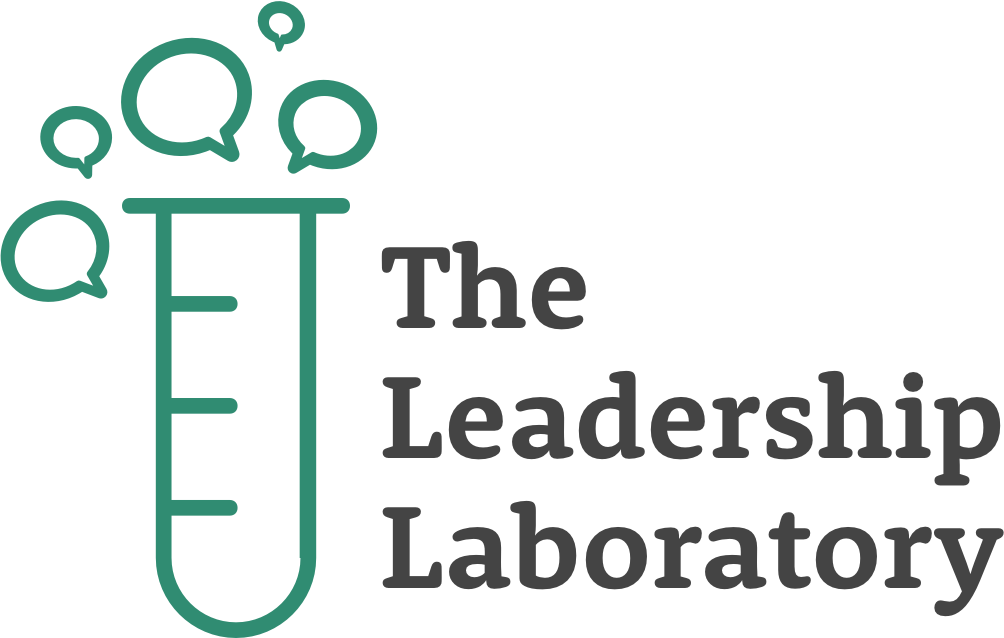Written by Jacob Goldstein — Executive Director
Interested in workshops on this topic for you and your team? Visit the Leadership + Management page for recommended interactive learning experiences from The Leadership Laboratory for emerging and established leaders in your organization.
According to the American Psychological Association, about 90% of the readers for this blog post are right handed. Dr. Brenda J. Allen, author, Professor Emerita & former Vice Chancellor for Diversity & Inclusion at the University of Colorado, brilliantly highlights handedness to explore the concept of inclusion. While we might not think about it on a daily basis, we live in a right-handed world. Since an overwhelming majority of us are right handed, it’s an easy thing to forget, and even harder to see the significant advantage right-handed people have over those with left-hand dominance. Blog readers who are left handed are incredibly familiar with the difficulty of simple tasks – desks in lecture halls, notebooks and binders are designed for right handed notetaking; scissors, doorknobs, a computer mouse, and guitars are built specifically for right-handed users. Even customary gestures, like a military solute, a handshake, or placing our hand on the bible, all showcase a dominant preference to right-handedness.
Right-handed people likely don’t view their handedness as an advantage because we take for granted the ease we have at finding things that are made for us.
The truth is that left-handed people have to figure out how to live in a world that isn’t designed for them.
For those of a certain age, you may even remember parents or teachers encouraging you to strengthen your right hand for writing or other activities. Dr. Allen recalls that one researcher even shared being told that her left-handedness was associated with sin and the devil. Left-handed people have been encouraged to assimilate, or to fit-in and adjust their preferences to meet the so-called “norm”. This idea of assimilation or changing to fit in, of course, isn’t what we talk about when we talk about inclusion.
Right-handed people likely don’t view their handedness as an advantage because we take for granted the ease we have at finding things that are made for us. The truth is that left-handed people have to figure out how to live in a world that isn’t designed for them. Fascinatingly enough, the average life expectancy for left-handed people is slightly less than right-handed people due to increased likeliness of injury from leveraging certain products or machines built with right-handed people in mind. And while research has indicated a growing acceptance for those who identify as left-handed – we’re making big progress! – handedness is a perfect introduction to the concept of inclusion, and sometimes lack thereof. Right Handed people don’t necessarily view their handedness as an advantage or a privilege, though the invisible systems in place make it so.

In her book, Invisible Women – Data Bias in a World Designed for Men – author Caroline Criado Perez highlights even more examples, showcasing the inequitable result of a “One Size Fits All” approach. Through her research, she referred to this one-size-fits-all concept as “Reference Man”. According to Perez’s research, wherever we look, we can see this Reference Man being used as a model for a universal template for humanity. Typically, Reference Man is a Caucasian, 5’9”, 155 lb male who is between 25 – 35 years old. Take, for example, an average car-crash test-dummy. This dummy is designed to maximize the airbag effectiveness and overall safety for drivers and passengers alike. What’s alarming is that the crash-test dummy is designed with the male body in mind.

In her book, Perez discusses that there is no female test-dum my equivalent; the closest thing to a test-dummy that resembles the female body is about the size of a 12-year-old child, who in crash tests is almost always seated in the passenger seat. The result of this has deadly consequences – in comparative car accident scenarios, a female driver is 47% more likely to be seriously injured in a car crash, and 17% more likely to die than her male counterparts. This reference man is seen in medicine as well – from medical care, to vaccination success, to PPE equipment for medical professionals. Many of these are designed with certain genders, body types, or even races and ethnicities in mind.
In order to fully discuss inclusion, we must acknowledge what we’re including people in. For each area of diversity – sex and gender, ethnicity, religion, sexual orientation, physical or cognitive ability, etc. – we have must acknowledge that there is a dominant group. Here, dominance does not mean or imply that they are the biggest group, or the best group, but the one with, in this case, the most power or authority. For many of us, we do not consciously adhere to these preferences. Societal customs and traditions have crafted a worldview that creates an unconscious bias that makes an “in-group” and an “out-group”. As hard as it may be to admit, those in the in-group carry specific, often invisible privileges that place them at an advantage. Think about any of the diverse groups mentioned thus far – of race, religion, gender, sexual orientation, etc. – and most of us can identify the dominant group within those subsections. And, just like handedness, it’s often difficult for the in-group to see that processes, policies, systems, and more are designed specifically with them in mind.
The Leadership Laboratory is a nation-wide, Chicago-based learning and leadership development company. We build and facilitate custom team and leadership development workshops aimed at transforming the way we lead our work and people. Through interactive workshops, participants will experience customized professional development for emerging and new leaders, established and senior leaders, and teams of all sizes. Feel free to browse our website, www.leadershipdevelopmentlab.com, to learn more about our team building workshop and leadership development programs.

